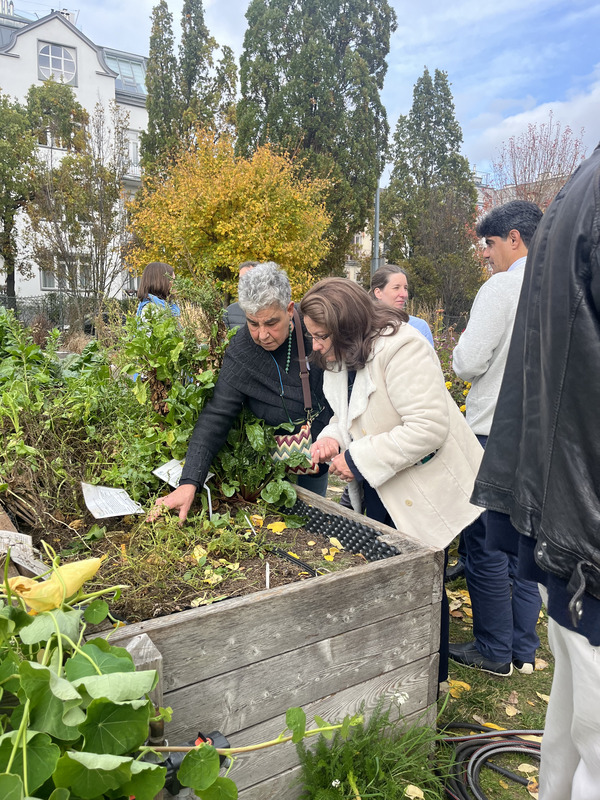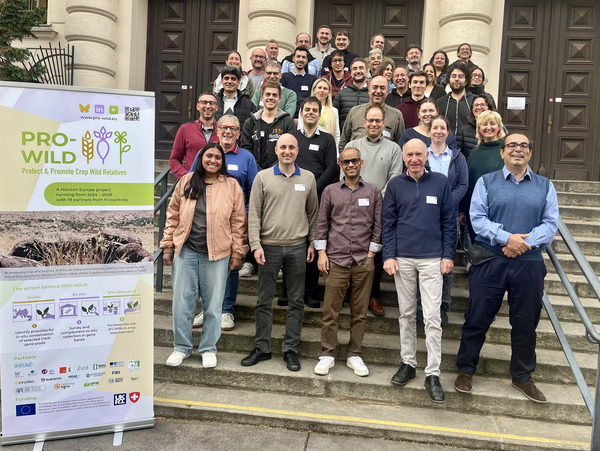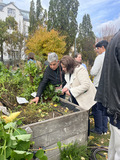Last week, the PRO-WILD consortium gathered at the University of Natural Resources and Life Sciences, Vienna (BOKU), for its first annual meeting — a milestone moment to reflect on progress made during the first project year and plan the next steps.
From the very beginning, the atmosphere was engaging and collegial, with a warm welcome from BOKU, musical contributions by the BOKUstrings, and an interactive icebreaker led by Alina Alexa from Highclere Consulting that connected participants from across Europe and beyond.
Throughout the sessions, lively discussions and creative exchanges took place — an excellent opportunity for partners from diverse institutions and disciplines to share knowledge, align strategies, and develop new ideas for future collaboration.
Highlights from the first project year
- In-situ conservation: Mapping the native ranges of 19 target species and their subspecies, advancing genetic and ecological analyses, and launching first field surveys and experiments.
- Ex-situ conservation: Completing Europe-wide surveys of gene bank collections, developing integrated datasets and interactive dashboards, and making strong progress toward establishing core collections for wheat, sugar beet, and brassica.
- Pre-breeding and diversity use: Achieving successful first crosses and field trials with wild relatives, gaining early insights into pest tolerance, and identifying promising material for future stress-resilient traits.
- Dissemination, exploitation, and stakeholder engagement: Laying strong foundations for communication and knowledge exchange within and beyond the consortium. The first year saw the launch of PRO-WILD's communication channels and videos, as well as the development of seed-based awareness campaigns and stakeholder guides designed to bridge science and practice.
The meeting underlined the excellent progress across all work packages and the strong collaborative spirit at the core of PRO-WILD. The consortium now looks ahead to another productive year of advancing the conservation and use of crop wild relatives — the genetic foundation of Europe's future agriculture.




 tap and then scroll down to the Add to Home Screen command.
tap and then scroll down to the Add to Home Screen command.